Ca Mau mangrove forest Photo: Thanh Dung
About 60 km from the center of Ca Mau province and after more than an hour of traveling by speedboat, visitors will have the opportunity to explore Ca Mau mangrove forest - the second largest mangrove forest in the world , after the Amazon forest in South America. Seen from above, Ca Mau mangrove forest is like a green carpet floating in the sky.
Traveling under the forest canopy. Photo: Huynh Lam
The forest here has a very rich and diverse vegetation, with many species of trees such as: mangrove, acacia, cypress, cypress, su, coc, da, date palm, fern, vines... In which, mangrove is the majority species, so many people also call it Ca Mau mangrove forest.
Local residents' mudskippers. Photo: Huynh Lam
From 1961 to 1971, the US used millions of liters of Agent Orange, Agent White and Agent Blue to spray on the forests of Ca Mau. While still holding the power of a “First Lady”, Tran Le Xuan colluded with many bourgeois henchmen in Saigon to open mines, build furnaces, and mine coal, and thoroughly exploit charcoal in the Ca Mau mangrove forests. In many places in the Ca Mau mangrove forests, traces of the coal mines of “First Lady Tran Le Xuan” still remain.
Fishing for crabs at the edge of the forest. Photo: Huynh Lam
Under the canopy of Ca Mau mangrove forests, there are many rare animals such as monkeys, langurs, wild boars, weasels, otters, birds, shrimp, fish and many types of plankton.
Part of the Ca Mau mangrove forest area is recognized as Mui Ca Mau National Park and is the 2,088th Ramsar Site in the world.
Many species of birds build nests under the mangrove canopy. Photo: Ta Nhat Huy
Every year, Bai Boi in the Mau mangrove forest area is filled with alluvium and gradually encroaches on the sea from 50 to 80 meters. Here, there is Ong Trang sand dunes with sand dunes gradually emerging and covered with green mangrove trees to open up the land. Every winter, flocks of birds from the cold North will stop here to find food before their journey to faraway Australia.
Closing the river bottom in the mangrove forest of Ca Mau. Photo: Huynh Lam
Continuing the journey of discovery, visitors come to Ca Mau Cape. This is considered the southernmost point on the mainland of Vietnam. On the national landmark there is a 5-pointed star with GPS number 0001. On the Ca Mau Cape symbol are the coordinates 8037'30" North latitude - 104043' East longitude. Ca Mau Cape has a 20.5m high watchtower. Here, visitors can gaze and be overwhelmed by the immense space of the forest and the sea.
Ca Mau Cape. Photo: Thanh Dung
Coming to Ca Mau mangrove forest, visitors can breathe fresh air; explore Vam Lung wharf - where the Ho Chi Minh trail at sea was opened; see Hon Khoai island, Khai Long beach, learn about ship battles on Tam Giang river; listen to the story of "distilling water by the can, starving to eat vinegar fruit" of Rach Goc, Tan An residents; watch pineapple fishing, crab catching, snails, clams, mussels... under the forest canopy; enjoy specialties of the forest, of the sea...
Source: https://www.camau.gov.vn/diem-den/kham-pha-rung-ngap-man-ca-mau-254281



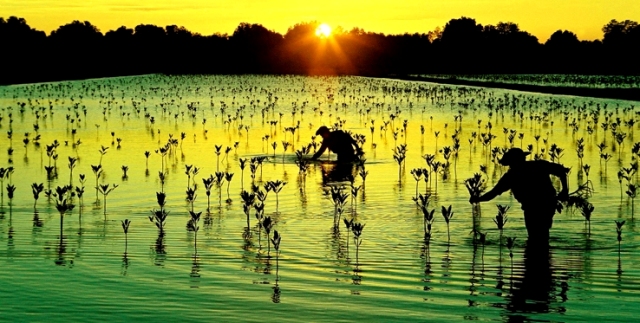
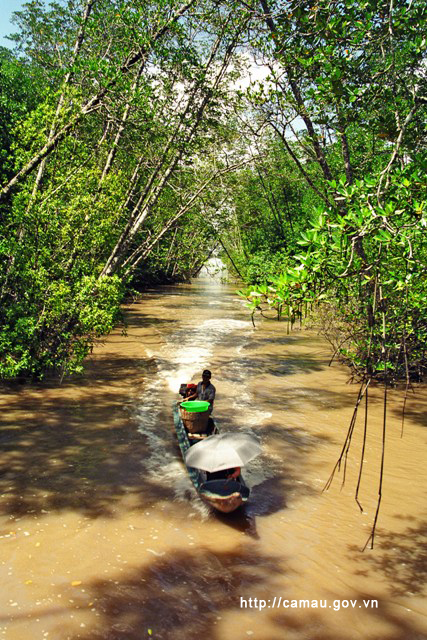
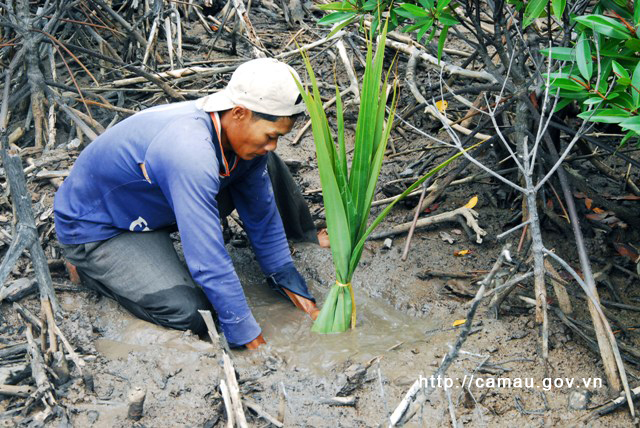
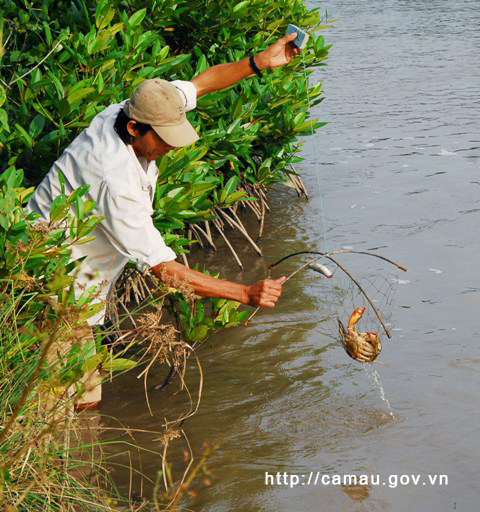
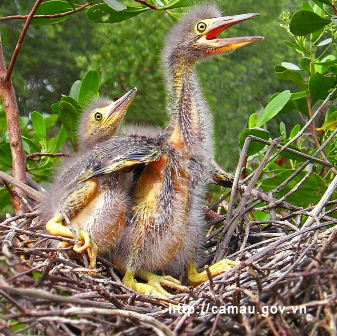
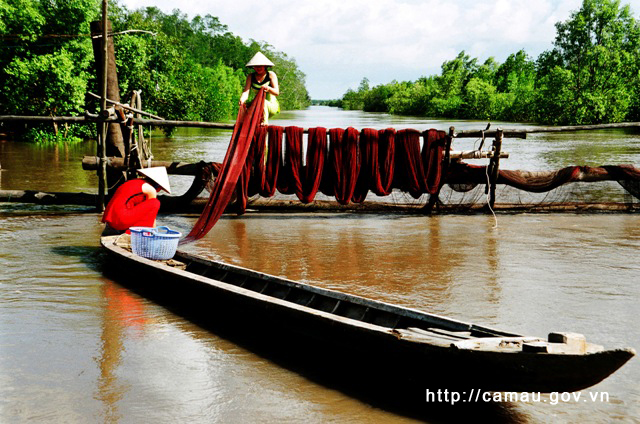
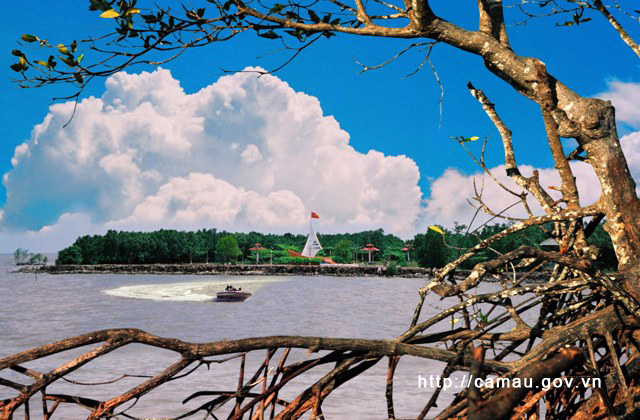
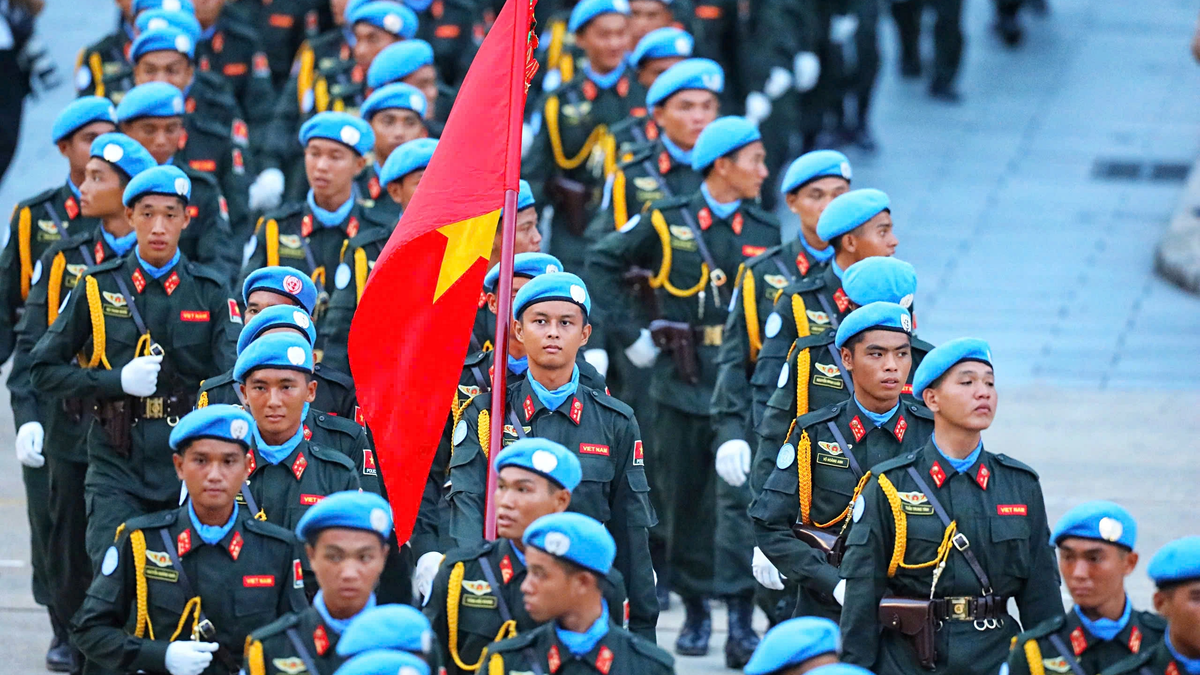
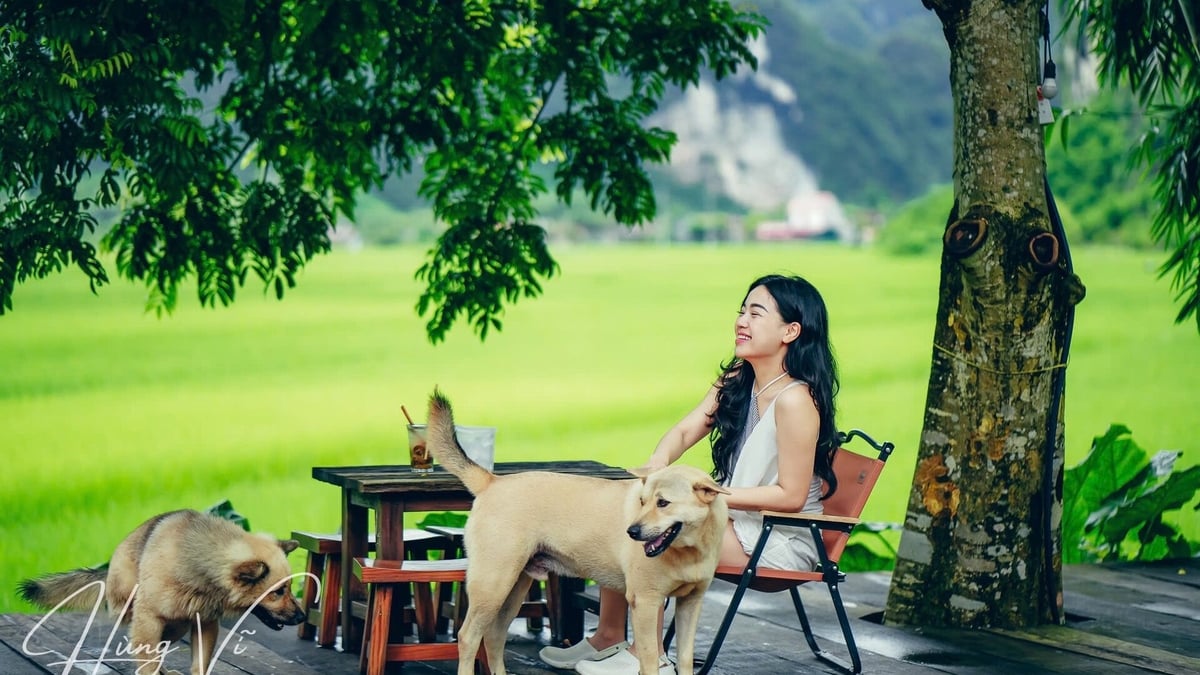
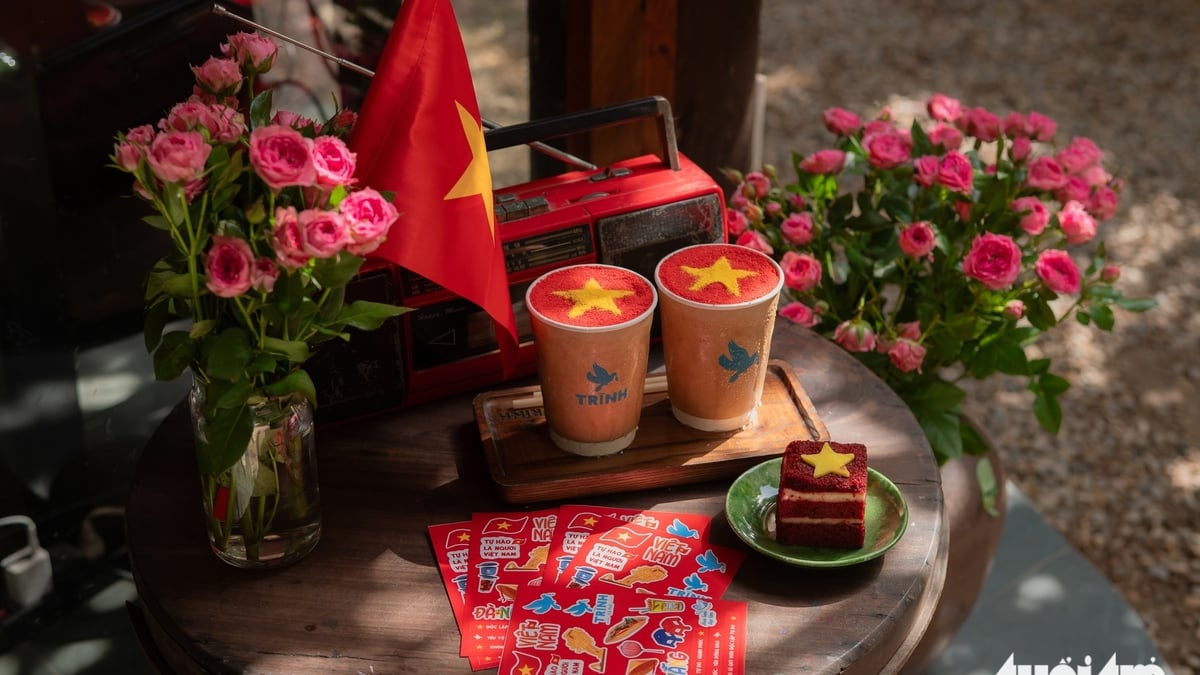






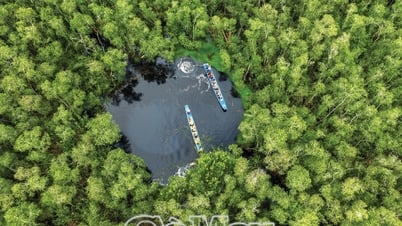

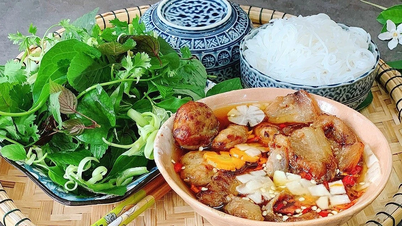

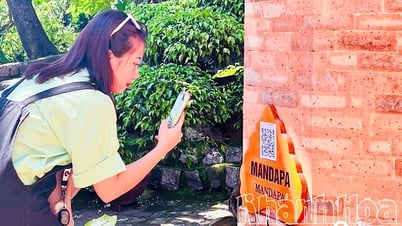

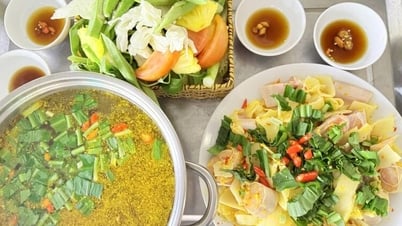










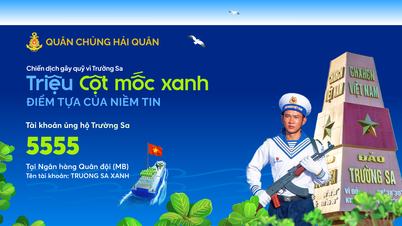

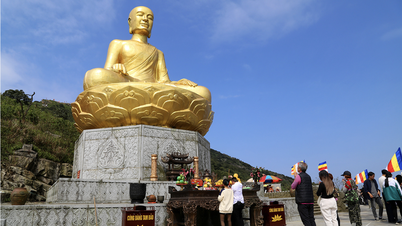

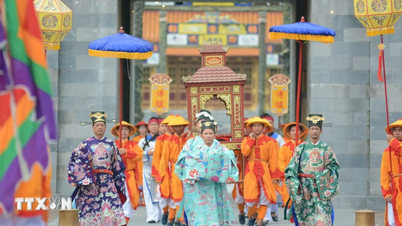





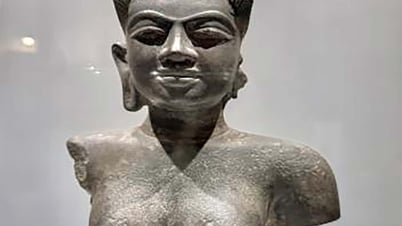

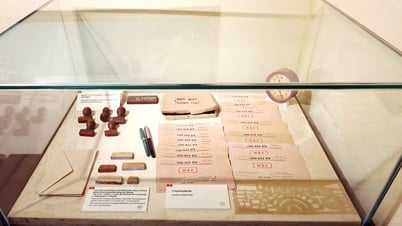





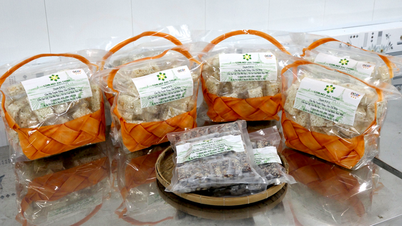


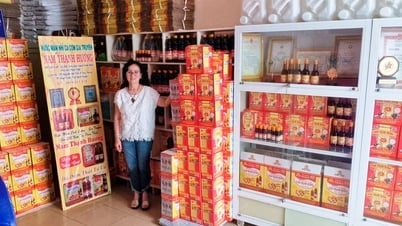






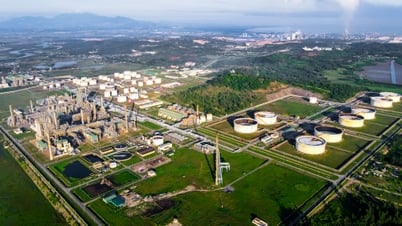
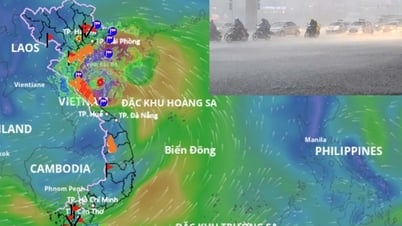






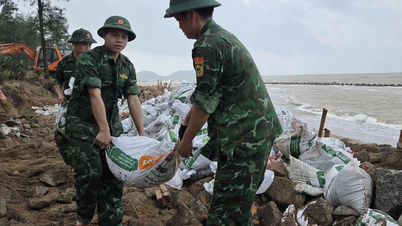









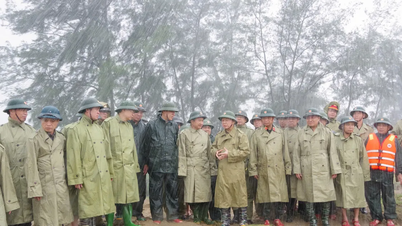






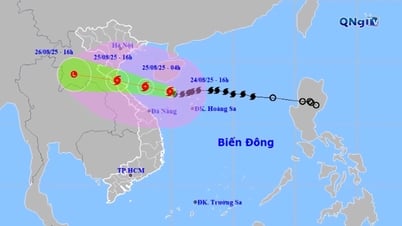

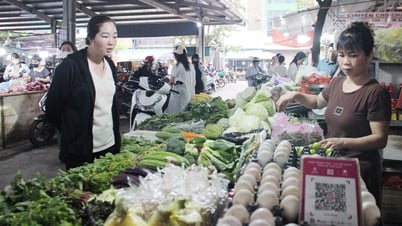


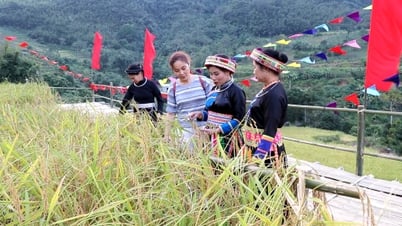

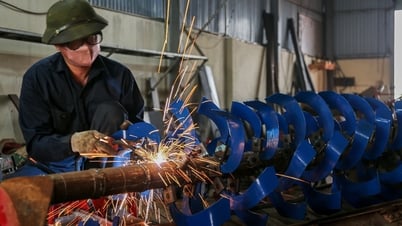

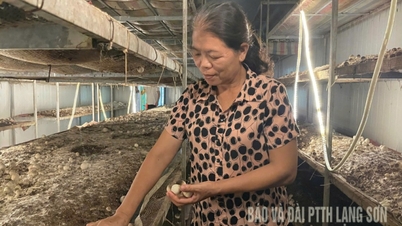






Comment (0)